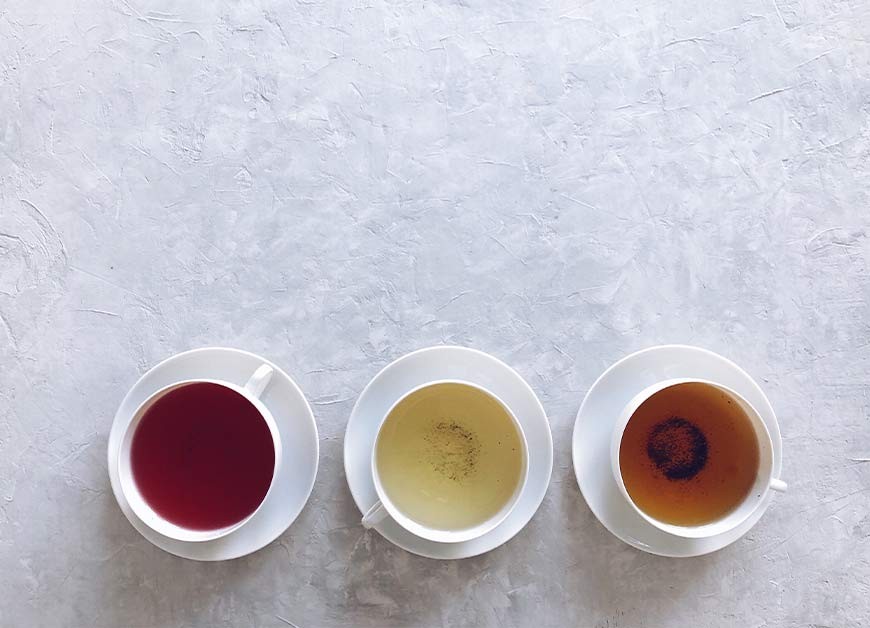
What Are Tea Grades And Do They Matter?
WHAT ARE TEA GRADES AND DO THEY MATTER?
You may have heard a lot about the different grades of tea when reading about our various Munnar tea products. But what exactly are tea grades, and should you care about this when choosing which tea to buy? Read on to learn more about the various grades of tea.
What are tea grades?
Different types of tea leaves are classified into what are known as grades, depending on the size of the leaves, type of leaves, aroma, colour of the liquor, and other parameters. This makes it easier to differentiate between them for the production process.
The highest tea grades are known as “orange pekoe”, which are made of young tea shoots, while the lowest grades are known as “fannings” and “dust”.
Tea grading systems are generally used for black tea, but are also used for green tea, Oolong tea, white tea, etc. The grading happens when the tea leaf is whole. It is surprising to know that a higher grade does not necessarily mean better quality, which can be confusing to many people.
Tea grading requires an expert who takes immense care while grading the leaves to ensure that they are accurately graded.
Does tea grade matter while picking a tea?
The most common misconceptions about tea grading is that a tea of a higher grade is equal to high quality tea. But this is not true. In fact, a standardised system of grading does not really exist among the primary tea growing countries, so buying a top graded tea may is not an indicator that the tea is of high quality.
Tea grading is more of an identifier for tea plantations in order to segregate different types of tea during the production and manufacturing process. Grading terminology also various when talking about black tea, green tea and oolong tea.
So long story short – tea grade rarely matters when it comes to the flavour of the tea. It is other factors such as soil, rainfall, elevation, seasonality and manufacturing process that lend a tea its unique flavour.
People have different tastes and opt for different grades of tea. The tea you pick depends entirely on the way you want to brew it. However, remember that tea leaves must be stored correctly in order to retain their quality and flavour.
What are the different tea grades?
Some of the most well-known and premium quality tea grades are :
● SFTGFOP - Special Finest Tippy Golden Flowery Orange Pekoe. This is the most premium black tea available on a tea estate and is comprised of the golden flowers, youngest tea leaves, and leaf buds.
● FTGFOP – Fine /Finest Tippy Golden Flowery Orange Pekoe : Teas of exceptional quality have this grading.
● GFOP - Golden Flowery Orange Pekoe – This type of tea is identified by the larger proportion of its golden tip, at the very tip of the teabud.
● OP - Orange Pekoe - This is the "standard" or most common grade of black tea. The word Pekoe comes from the Chinese word “pek-ho” which refer to the silver fibres on the leaves of certain types of tea. It is likely that the word “orange” comes from teas imported to Europe by the Dutch East India Company.
Broken-leaf tea is tea that has been torn or broken, but is still in large enough pieces to be recognizable as pieces of leaf. Some of the common grades of broken leaf tea are :
● GFBOP - Golden Flowery Broken Orange Pekoe
● TGFBOP - Tippy Golden Flowery Broken Orange Pekoe
● BS - Broken Souchong
● BPS - Broken Pekoe Souchong
● GBOP - Golden Broken Orange Pekoe
FBOP - Flowery Broken Orange Pekoe
● BOP - Broken Orange Pekoe - A standard grade of broken-leaf tea, often offering good value.
Tea grading takes time to understand and even the greatest connoisseurs can get confused when it comes to differentiating one grade from another. Learning to differentiate between grades takes time, patience and practice and once you do get the hang of it, it is not so difficult to tell one grade from another. It requires a good eye and a strong palette in order to taste and tell what grade the tea is.

All comments